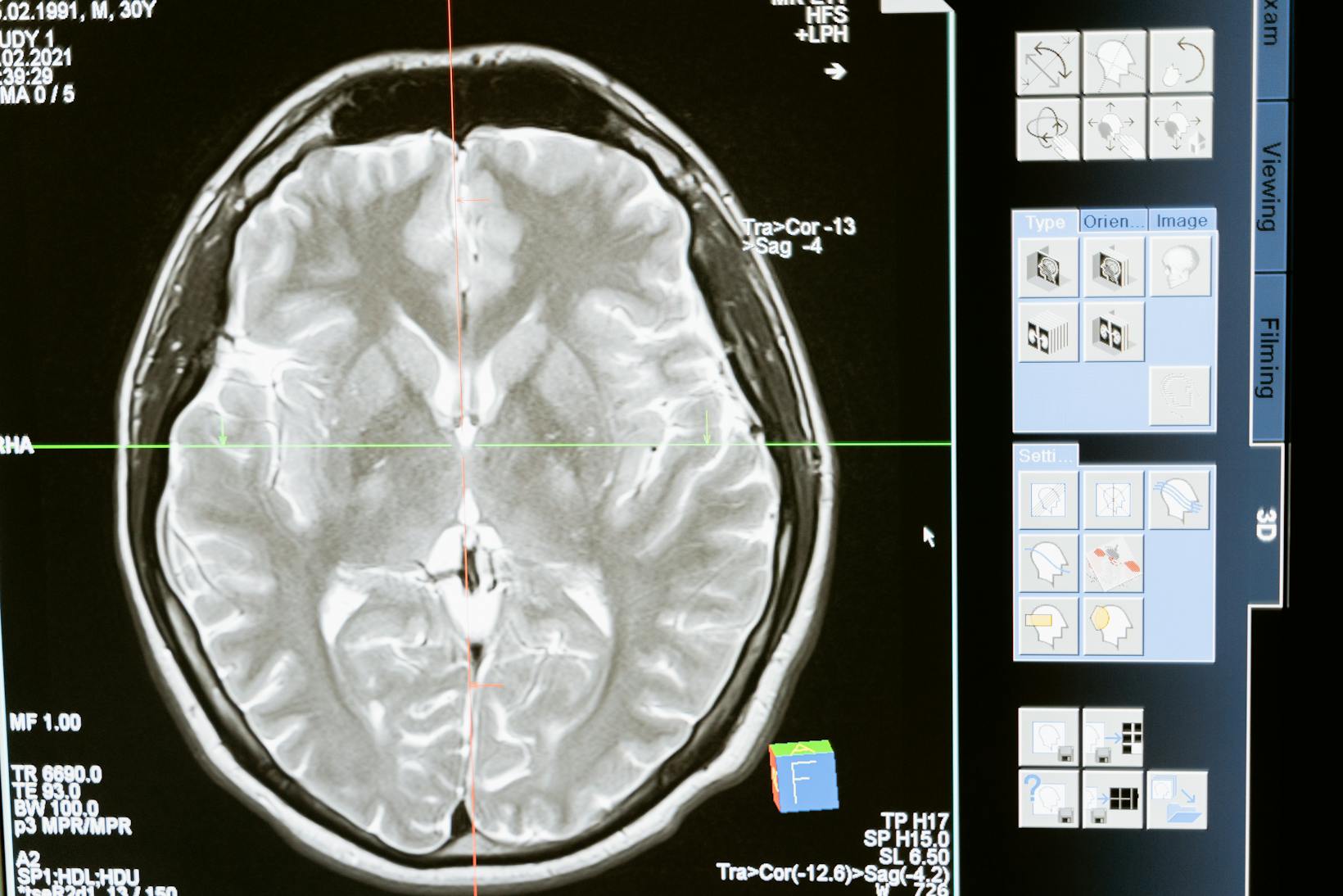In the ever-evolving landscape of healthcare, technology has emerged as a key player. Health information technology solutions are revolutionizing the way we approach patient care, data management, and healthcare delivery. They’re not just the future – they’re the here and now of modern medicine.
From electronic health records to telemedicine, these innovative solutions are transforming the healthcare sector. They’re enhancing patient experiences, streamlining administrative processes, and paving the way for more personalized care. This article will delve into the world of health information technology solutions, exploring their benefits, challenges, and their undeniable impact on the healthcare industry.
Health Information Technology Solutions
Transitioning from traditional to advanced methods, health information technology (HIT) solutions have seen a remarkable evolution. This transformation has significantly shaped the healthcare industry by fostering improved patient care, efficient data management, and streamlined healthcare delivery.
From Paper Records to Digital Systems
 Before the advent of HIT solutions, healthcare organizations primarily relied on paper records. These document-based systems, while once the gold standard, became a bottleneck in providing quality healthcare. The manual handling of patients’ records often resulted in errors, misinterpretations, and even loss of vital data.
Before the advent of HIT solutions, healthcare organizations primarily relied on paper records. These document-based systems, while once the gold standard, became a bottleneck in providing quality healthcare. The manual handling of patients’ records often resulted in errors, misinterpretations, and even loss of vital data.
A paradigm shift occurred with the introduction of electronic health records (EHRs), a digital version of a patient’s paper chart. With EHRs, healthcare providers obtained an efficient, secure, and reliable solution for storing, retrieving, and managing patients’ information. These digital systems not only reduced the risk of mistakes but also provided instant access to patients’ medical history, ensuring timely and accurate diagnosis and treatment.
The Impact of Legislation on HIT Adoption
 Legislations have played a crucial role in the adoption and application of HIT. In 2009, the Health Information Technology for Economic and Clinical Health (HITECH) Act emerged in the United States. This policy, aimed at promoting the use and widespread adoption of EHRs, presented healthcare providers an opportunity to improve quality of care and patient safety. It offered financial incentives to facilities that demonstrated meaningful use of EHRs, providing a boost to a digital overhaul in healthcare.
Legislations have played a crucial role in the adoption and application of HIT. In 2009, the Health Information Technology for Economic and Clinical Health (HITECH) Act emerged in the United States. This policy, aimed at promoting the use and widespread adoption of EHRs, presented healthcare providers an opportunity to improve quality of care and patient safety. It offered financial incentives to facilities that demonstrated meaningful use of EHRs, providing a boost to a digital overhaul in healthcare.
Another significant legislation, the Patient Protection and Affordable Care Act (ACA) of 2010, encouraged the use of HIT to improve patient outcomes and decrease healthcare costs. These laws collectively intensified the refinement and implementation of HIT solutions.
These advancements in HIT solutions, propelled by shifting technological landscapes and impactful legislation, have marked a significant evolution in healthcare. Thereby, offering a paradigm shift from reactive to a proactive, patient-centric model of care – completely reshaping the healthcare industry.
Key Components of Health Information Technology Solutions
After exploring the evolution and influences of Health Information Technology (HIT) solutions, this section delves into its key components. Two major constituents of such solutions are Electronic Health Records (EHRs) and Practice Management Software.
Electronic Health Records (EHRs)
 EHRs represent a significant facet of HIT solutions, transforming the way clinical data is stored, accessed, and shared. Acting as digital versions of patients’ paper charts, they encompass comprehensive medical and treatment histories. EHR systems alleviate the spectrum of healthcare delivery by providing real-time, patient-centric records.
EHRs represent a significant facet of HIT solutions, transforming the way clinical data is stored, accessed, and shared. Acting as digital versions of patients’ paper charts, they encompass comprehensive medical and treatment histories. EHR systems alleviate the spectrum of healthcare delivery by providing real-time, patient-centric records.
Practice Management Software
Another critical component of HIT solutions is Practice Management Software. This technology assists medical practices in handling day-to-day operations. From scheduling appointments to handling billing and generating reports, this software serves as a backbone for maintaining efficiency in healthcare settings. An instance of this technology can be seen with global Software, linking administrative functions with clinical operations. It simplifies tracking patient demographics, visit schedules, insurances, and billing.
Conclusion
The transformation of Health Information Technology (HIT) solutions has been monumental. Transitioning from paper-based systems to digital platforms like Electronic Health Records (EHRs) and telemedicine has revolutionized healthcare. Legislation like the HITECH Act and ACA has further propelled this shift.

